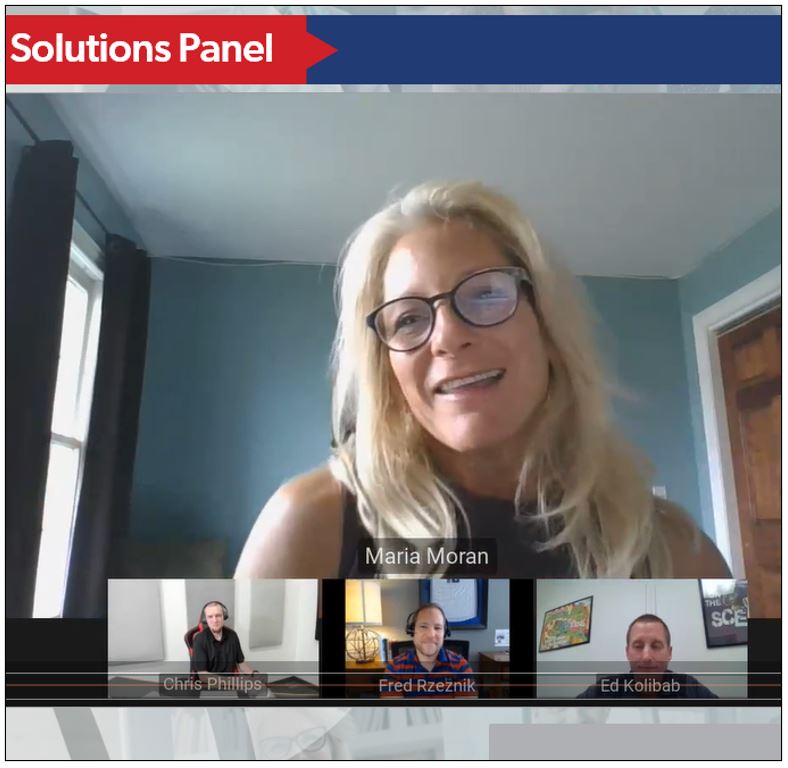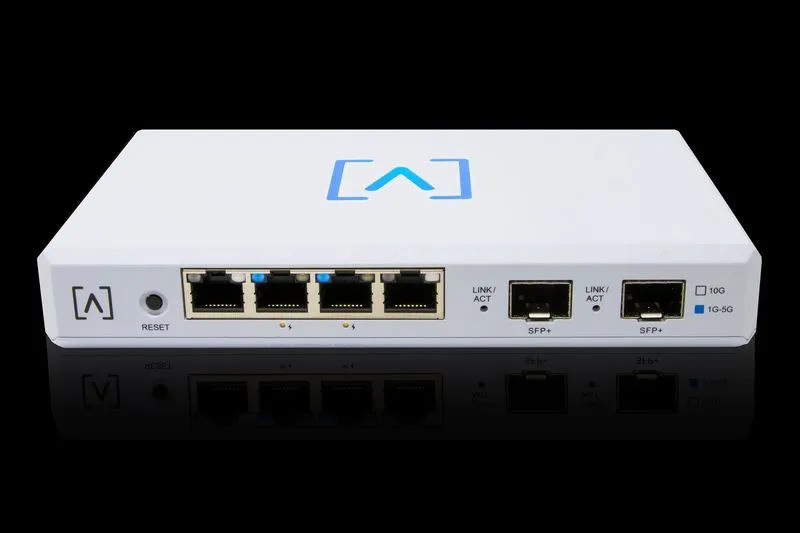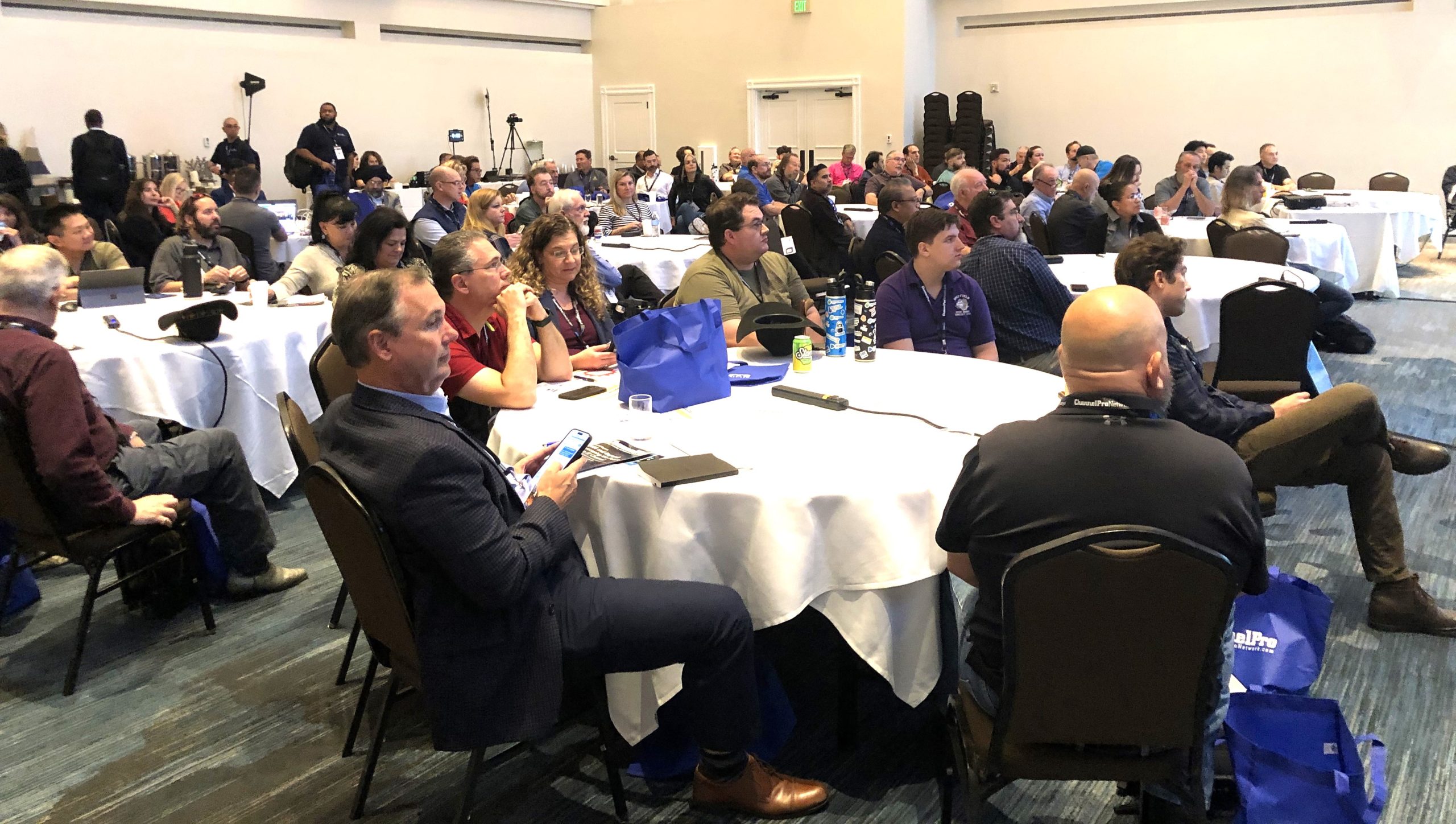Six-plus months into the COVID-19 era of IT, old challenges remain and new opportunities are emerging, according to speakers at distributor D&H’s virtual THREADcast event yesterday and today.
Among the persistent difficulties, as many channel pros know firsthand, is finding critical work-from-home gear like webcams and headsets, which have been in short supply since much of the U.S. went into lockdown earlier this year.
“We keep eight to 10 weeks of safety stock in our American warehouses,” said Mike Freibrun, national account manager at Logitech, during a session yesterday on ProAV and collaboration solutions. “We blew through all of that inventory in a week.”
Though the company has dramatically ramped up production of popular webcam models since then, demand—most recently from students engaged in remote learning—has kept climbing too. “As we start shipping, needs not even double or triple, they quadruple,” Freibrun noted.
“We do not realistically see catching up on webcams until probably January, February of 2021,” he added. “America is asking for tens and tens of thousands of webcams and headsets.”
Remote workers continue to snap up PCs as well, according to Fred Rzeznik, a distribution sales manager at HP who spoke in a THREADcast session today on work-from-home technology. Contrary to popular belief, he noted, laptops aren’t the only form factor home-based users are ordering. While notebooks are the device of choice for the roughly 60% of telecommuters who move from kitchen to bedroom to basement during a typical day in a constant hunt for privacy and silence, employees lucky enough to have a room of their own to work from often have different preferences.
“If I have a dedicated space, maybe mobility isn’t critical to me, so I can get a device like a desktop, which would have maybe more power and could be cost-effective,” Rzeznik said.
Security considerations have sales of Chromebooks rising too, especially in heavily regulated industries like healthcare and financial services, according to Loren Hudziak, staff program manager for endpoint computing at Google, who spoke today in a session on securing hybrid workforces with both offsite and onsite employees. Powered by a read-only OS featuring built-in sandboxing, among other defenses, Chromebooks are a quick, affordable, and relatively low-risk way for businesses to deploy mobile devices to people who work with sensitive data on poorly protected home networks, he observed.
“It takes a lot of the pressure off of the IT staff to spin up a machine, install a gold image, and harden the device before it has to go to the end user,” Hudziak said.
Sales of office collaboration hardware are an additional opportunity worth keeping in mind, according to Chris Phillips, a technical enablement supervisor at D&H who moderated the work-from-home panel. Many employees will continue working from home at least part of the time even after workplaces reopen their doors in larger numbers, he observed. Companies that want to include those people in conferences will need meeting rooms equipped for both in-person and offsite participation.
“It’s something obviously to think about as a reseller when you’re talking with your customers,” Phillips said.
Cloud software has been every bit as important as hardware for homebound workers this year, other THREADcast speakers noted. Indeed, global cloud infrastructure revenues jumped 34% year-over-year in the first half of 2020 and software-as-a-service spending rose 21%, according to recent data from Synergy Research Group.
“Cloud has been the lifeline and the backbone of business through COVID. It saved many businesses from collapsing,” said Maria Moran, a senior cloud development manager at D&H who participated in the work-from-home session. 2020 has been far less stressful for resellers ready to meet those needs, she noted, than for partners who had to improvise cloud offerings in a hurry.
“Now what we’re doing is we’re working with a lot of those partners who kind of sat back and put those band-aids on … and formulating a more long-term cloud strategy,” Moran said.
The D&H show’s keynote panel yesterday addressed another long-term issue for channel pros: selling to millennial and Generation Z buyers. By 2025, in fact, according to data from Forrester analyst Jay McBain cited during that session, fully 75% of the people making key business decisions for SMBs will be millennials.
“We see a major cultural shift occurring in some firms and in our industry,” said Dr. Ashlyn Szilva, executive director of social media and research at channel advisory firm JS Group. “It can be really costly if you don’t approach this the right way.”
That right way, she made clear, is to create product and service information that’s easy to find and consume, especially via social networks like LinkedIn and Twitter.
“They all anticipate a different experience with their technology provider, one that’s transparent, highly digital, with relevant and snack-sized content available at the click of a button to educate us in the minute that it matters,” said Szilva, a young leader herself, of her fellow millennial and Gen Z decision-makers.
Willpower Harris, CEO of sales consultancy Willpower Group, stressed the “snack-sized” part of Szilva’s marketing content success formula. “You can’t write a book. You can’t have a movie,” he said. “You should be talking seconds, not minutes and not hours.”
Heather Margolis, meanwhile, reinforced the transparency part of Szilva’s advice. “We all need to be a little bit more authentic,” said Margolis, who is CEO of Spark Your Channel, a provider of channel marketing automation solutions. “If you’re trying to sell someone something, tell them that you’re trying to sell them something, but tell them why it’s good for them.”
This week’s conference is the latest manifestation of ongoing efforts by leading distributors to share best practices with resellers thrown off guard by the coronavirus pandemic and its economic fallout. D&H, for example, launched a series of resources about meeting business continuity requirements last month. Tech Data introduced a similar educational program for its cloud partners earlier in the summer.














